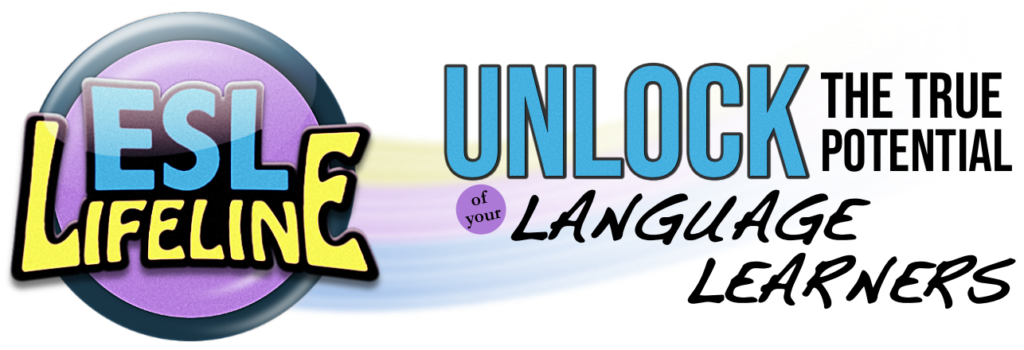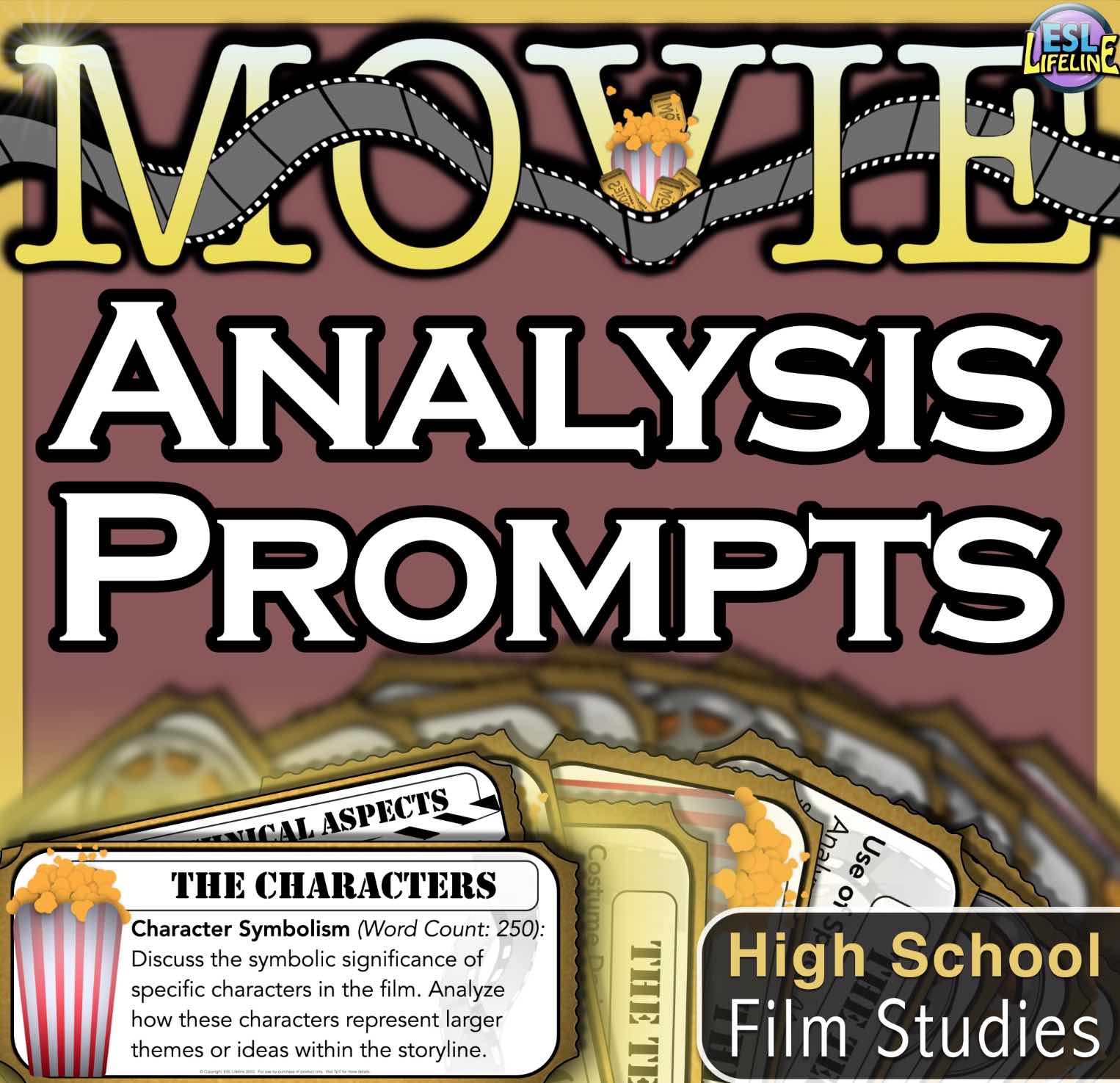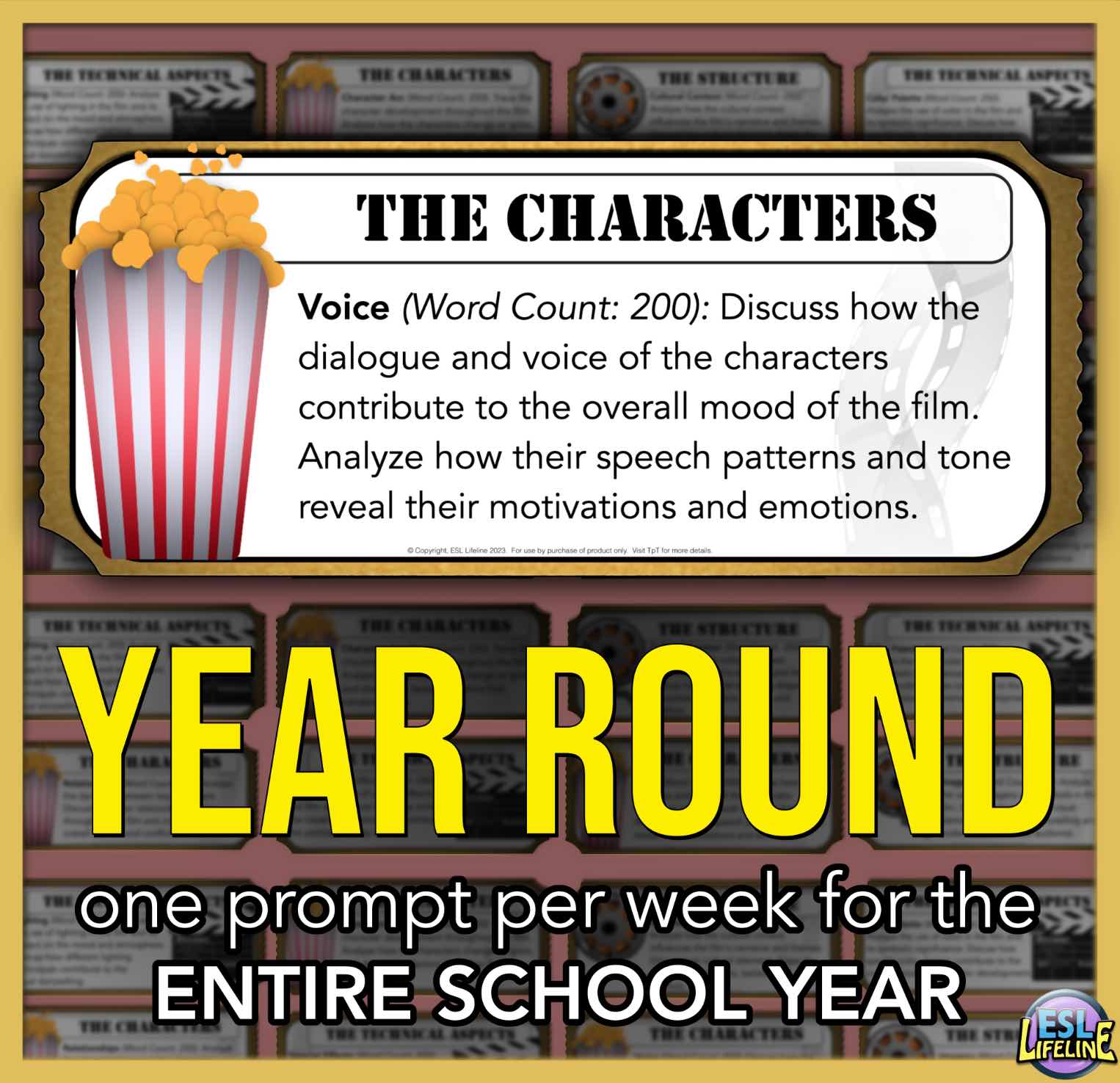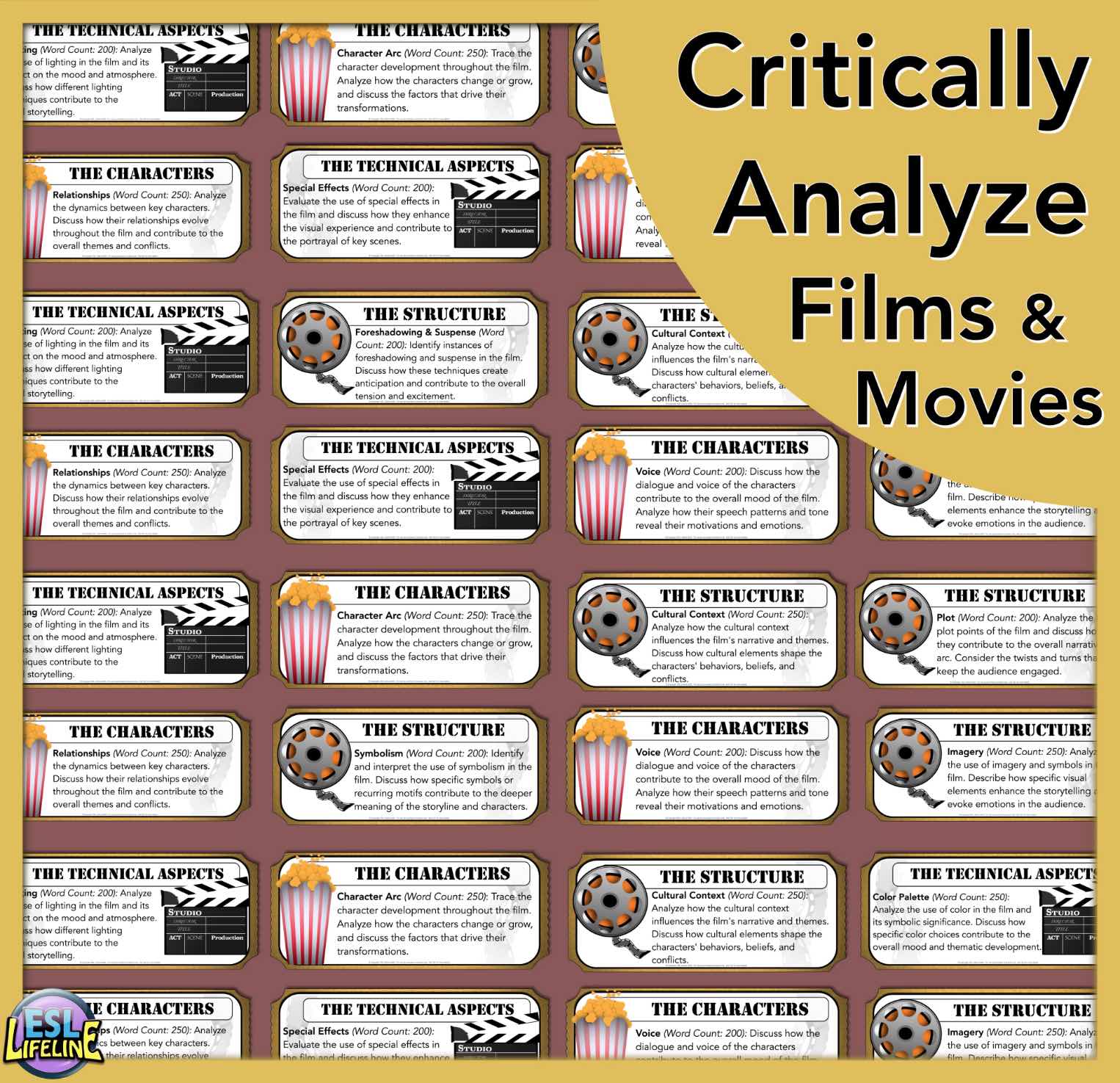These task cards are an asset for any teacher and can be used for a variety of purposes, including group work, stations, exit tickets, time-filler, fast-finishers, and weekly journal entries. Shuffle them and get students to write at random. Or use one prompt per week for an entire year’s worth of film analysis writing – perfect for weekly writing assignments in film studies or English language arts classes.
✅ Do your students have trouble getting starting with their writing? These 40 task cards are perfect for giving your high school students ideas on how to get started writing their film analysis journal entries and essays. The writing prompts are specific to film and cinema, and each have a heading and sub-heading that guides your students’ writing towards a specific area. It then gives them clear, detailed instructions on what to write about and even a word count so they know when they’ve hit their mark.
✅ Are you looking for ideas to supplement your literary lessons? These writing prompts also get you writing about plot, setting, theme and, even symbolism. This allows students to identify and interpret different parts of a story’s structure. Your students will get to write about the hidden details under the surface of a film and critically analyze the choices filmmakers use to evoke emotions and tell a story.
✅ What if I need a more detailed lesson about film analysis? I’ve got you covered! When your download this resource, you’ll also get a detailed lesson plan outlining learning objective specific to film analysis. The lesson plan opens with an anticipatory set to generate interest in movies and moves into various learning activities, including group work, individual writing, peer review, and optional homework.
✅ Is there anything else you can do with task cards? You bet. Task cards are incredible. Full stop. They can be used in so many different ways that I’ve had to write an entire blog post outlining different ways task cards can be used in the classroom! Luckily, this information is included in this download so you can read it and get additional ideas on how to use these film analysis writing prompts in your classroom.
—————————————————————————————————————————
There are 40 different writing prompts for film analysis which give students detailed instructions for thinking about and discussing a film’s structure, its characters, and technical aspects.
For structure, there are writing prompts for…
- Setting
- Plot
- Theme
- Imagery
- Pacing
- Narrative perspective
- Foreshadowing and suspense
- Cultural context
- Narrator’s role
- Visual metaphors
- Narrative subversion
For character, there are writing prompts for…
- Appearance
- Voice
- Actions
- Relationships
- Character arc
- Character contrasts
- Character symbolism
- Character backstories
- Character relationships with the setting
- Moral ambiguity
- Character transformations
- Character resilience
For technical aspects, there are writing prompts for…
- Lighting
- Sound design
- Cinematography
- Editing
- Directional choices
- Color palette
- Special effects
- Use of space
- Sound editing
- Camera movement
- Use of silence
- Costume design
—————————————————————————————————————————
This package includes a PDF file that can be opened using your preferred PDF reader. It comes with a lesson plan and a high-resolution cover page so you can show it off.⭐ Get the Bundle for Big Savings ⭐
Purchase my Movie’s BUNDLE to get this Writing Prompts for Film Analysis Resource plus the Film Analysis Journal, Movie Review Writing, How to Make a Movie, and At the Movies at an incredible discount.
Students can use writing prompts for writing about specific aspects of the movies and films they watch. If you’re looking for a specific journal for students to write their film analysis in, be sure to check out my Film Analysis Journal, which goes great with these writing prompts.
—————————————————————————————————————————
Terms of Use:
This resource was created by Landon S. Seigler of ESL Lifeline, all rights are reserved. The original purchaser is permitted to use it for a single class only. Teachers have the authorization to share this product with their students (and parents) through email, Google Classroom, or the Internet, as long as the site is password protected. Distribution to your own students is allowed, but uploading it to the Internet for public access and download is not permitted.
**If you wish to use this resource for multiple classrooms or share it with fellow educators, please purchase additional licenses.Your adherence to these usage terms is greatly appreciated.














Reviews
There are no reviews yet.